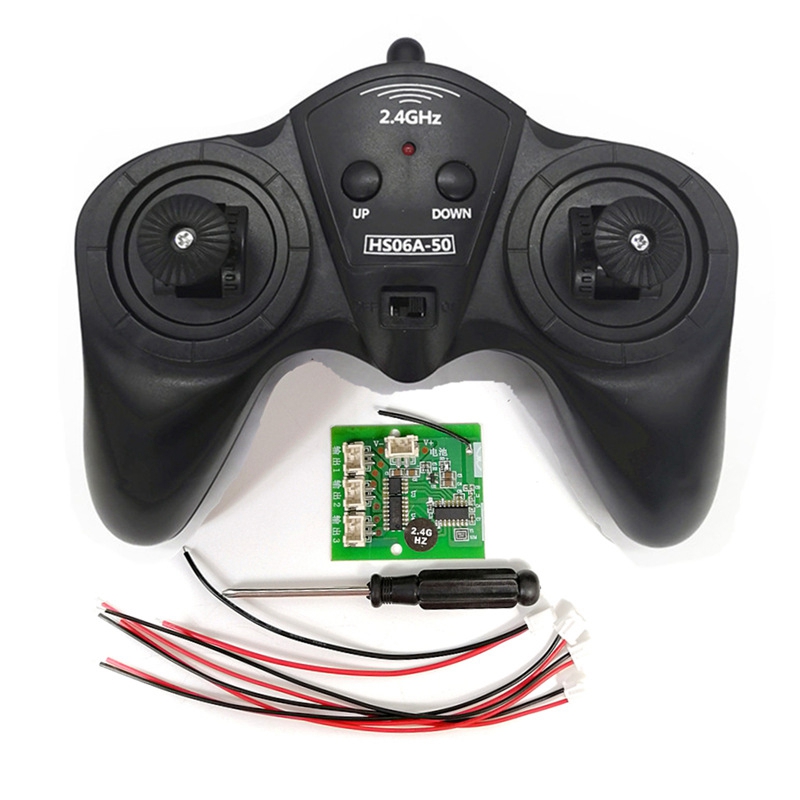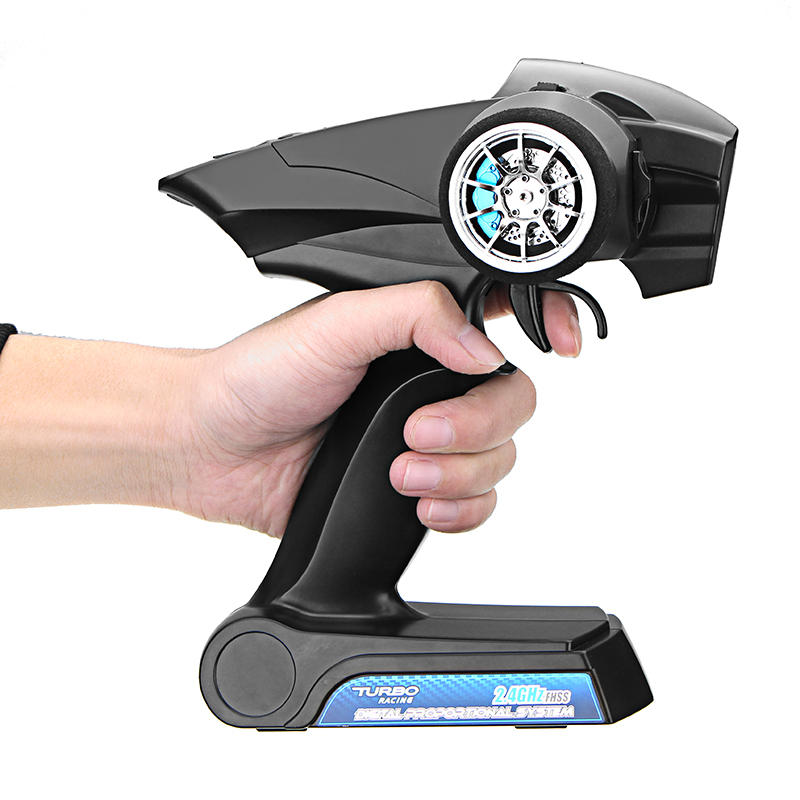

Most commercial remote controls at that time had a limited number of functions, sometimes as few as three: next channel, previous channel, and volume/off.

The impetus for a more complex type of television remote control came in 1973, with the development of the Ceefax teletext service by the BBC. This was widely adopted for color television, replacing motor-driven tuning controls. In 1970, RCA introduced an all-electronic remote control that uses digital signals and metal–oxide–semiconductor field-effect transistor (MOSFET) memory. Some problems with this method were that the receiver could be triggered accidentally by naturally occurring noises or deliberately by metal against glass, for example, and some people could hear the lower ultrasonic harmonics. The receiver contained a microphone attached to a circuit that was tuned to the same frequency. Later, the rapid decrease in price of transistors made possible cheaper electronic remotes that contained a piezoelectric crystal that was fed by an oscillating electric current at a frequency near or above the upper threshold of human hearing, though still audible to dogs. Each of the four bars emitted a different fundamental frequency with ultrasonic harmonics, and circuits in the television detected these sounds and interpreted them as channel-up, channel-down, sound-on/off, and power-on/off. When the user pushed a button on the remote control, it struck a bar and clicked, hence they were commonly called a "clicker," but it sounded like a "clink" and the mechanics were similar to a pluck. It was mechanical and used ultrasound to change the channel and volume. In 1956, Robert Adler developed "Zenith Space Command," a wireless remote. The Zenith Space Commander Six hundred remote control The first remote-controlled model airplane flew in 1932, and the use of remote control technology for military purposes was worked intensively during the Second World War, one result of this being the German Wasserfall missile. Later, he would try to apply the Telekino to projectiles and torpedoes but had to abandon the project for lack of financing. In 1906, in the presence of the King of Spain and before a great crowd, Torres successfully demonstrated the invention in the port of Bilbao, guiding a boat from the shore. With the Telekino, Torres Quevedo laid down modern wireless remote control operation principles. The Telekino consisted of a robot that executed commands transmitted by electromagnetic waves.

At the same time, he obtained a patent in France, Spain, Great Britain, and the United States. In 1903, Leonardo Torres Quevedo presented the Telekino at the Paris Academy of Science, accompanied by a brief, and making an experimental demonstration. Īlso in 1898, Russian inventor Nikolay Pilchikov demonstrated experiments with remote radio control in Odessa. Patent 613,809, named Method of an Apparatus for Controlling Mechanism of Moving Vehicle or Vehicles, which he publicly demonstrated by radio-controlling a boat during an electrical exhibition at Madison Square Garden. In 1898, Nikola Tesla filed his patent, U.S. In 1897 a British engineer and professor in the Electrical Engineering Department at King's College London, Ernest Wilson, had invented a remote radio control of torpedoes and submarines that was controlled by "Hertzian" wave. Radio innovators Guglielmo Marconi and William Preece, at a demonstration on December 12, 1896, at Toynbee Hall made a bell ring by pushing a button in a box that was not connected by any wires. In 1895, Jagadish Chandra Bose demonstrated radio waves by triggering a gun and sounding a bell using microwaves transmitted over a distance of 75 feet through intervening walls. In 1894, the first example of wirelessly controlling at a distance was during a demonstration by the British physicist Oliver Lodge, in which he made use of a Branly's coherer to make a mirror galvanometer move a beam of light when an electromagnetic wave was artificially generated.



 0 kommentar(er)
0 kommentar(er)
